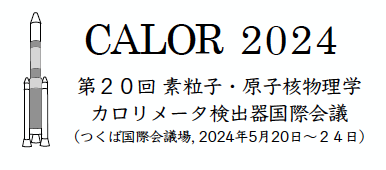Speaker
Description
The precision of clinical treatment planning systems for particle therapy is reduced by the absence of measurements on the differential fragmentation cross sections generated during interactions between light ions (such as C and O) and hydrogen-enriched targets. To address this issue, the FOOT experiment has been designed to take data for beam energies up to 400 MeV/u using an inverse kinematics approach. By extending the energy range to 800 MeV/u, FOOT will also collect valuable data to optimize the design of spacecraft shielding [1]. The experiment aims at identifying fragments by measuring their momentum, kinetic energy, and time of flight with high resolution: 5%, 2% and <100 ps respectively. A calorimeter detector made of 320 BGO crystals coupled to SiPM photodetectors, covering a dynamic range from tens of MeVs to about 10 GeV, measures the kinetic energy. A series of data taking campaigns aiming at characterizing, optimizing and equalizing the crystals response have been conducted at HIT (Heidelberg, Germany) and CNAO (Pavia, Italy). The measurements confirm an integral energy resolution well below the goal of 2%. The modified Birks-energy-response-function shows an excellent agreement with the response of the crystals between 50 and 430 MeV/u for all the ions, although a dependence of the parameters on Z is observed. In this work, the equalization strategy needed to properly measure the fragments kinetic energy and masses in combination with the ToF detectors will be presented.
